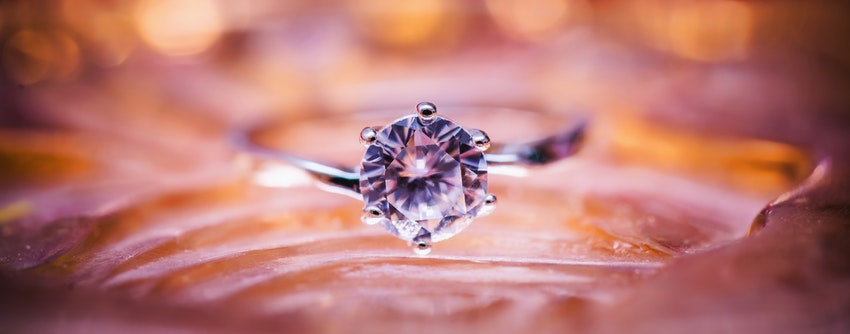For generations, diamonds have been considered the ultimate luxury item. There are historical records that indicate that this has been the case since at least the fourth century BC. In the modern era, though, the diamond industry around the world has come to be synonymous with one name – De Beers.
Founded in the 1800’s, De Beers grew to create a global near-monopoly in the diamond market and has remained the largest player in the industry since. They’ve cemented the diamond as an object of cultural significance with their “A Diamond Is Forever” slogan, and kept prices for the gems high by controlling supply and stimulating demand. Their dominance, however, is facing a new threat – and De Beers isn’t going to go away without a fight.
The Technology of Diamonds
Although De Beers no longer holds a monopoly over the diamond market like it once had, they still exercise a good amount of control over the direction of the industry. They, along with industry partners, keep strict controls over diamond mine outputs to maintain high prices for their gems. It’s one of the reasons that diamonds don’t make good investments for individuals, despite their high relative value. Unfortunately for De Beers, modern technology is loosening their grip on global diamond prices.
Over the last several years, researchers have refined the process of growing diamonds in a laboratory setting to the point that the results are near-indistinguishable from mined diamonds. At first, De Beers and the rest of the diamond industry scoffed at these new lab-grown diamonds. Their response is on display in the form of the latest industry marketing effort, titled “Real is Rare“. It turns out that a new generation of consumers isn’t buying it – or the mined diamonds themselves.
The Case For Man-Made Diamonds
As the process of creating diamonds in a laboratory has become easier and less labor-intensive, the prices of the resulting stones have dropped. Today, it is possible to buy a lab-created diamond at a 30%-40% discount compared to a similar mined stone. That alone has amplified the challenge that companies like De Beers have to contend with. It’s the industry’s ethics, however, that are causing far bigger problems.
Today’s consumers are more politically and environmentally aware than ever before, and the diamond industry is ill suited to deal with that. That’s because, for many years, diamonds have been used to fund civil wars and human rights abuse all over the globe. If that weren’t enough, the industrial practices used at many diamond mines are an ecological disaster, and it’s leaving a stain on the whole industry. All of these factors are combining to make lab-grown diamonds an attractive choice for a new generation of buyers.
De Beers Strikes Back
It appears that the encroachment of lab-grown diamonds has finally made De Beers stand up and take notice. On May 29th, they announced the formation of a subsidiary to be known as Lightbox Jewelry selling – you guessed it – designs featuring lab-grown diamonds. They won’t just be any lab-grown diamonds, though. De Beers has a specific and tactically brilliant goal in mind.
In creating Lightbox Jewelry, De Beers is bringing their considerable resources to bear in making lab-grown diamonds at an industrial scale. They plan to create one-carat stones that will retail for about $800. That’s a price that should undercut the upstart competition and wipe out De Beers’ challengers with one fell swoop. At the same time, they’re positioning the new line as “affordable fashion jewelry that may not be forever, but is perfect for right now”. That should reinforce the idea that mined diamonds are more valuable than anything made in a laboratory.
The Future of Diamonds
It will be some time before anyone can judge the success or failure of the latest De Beers tactic. If they are unable to drive home their marketing angle and convince the public that lab-grown diamonds are akin to costume jewelry, the whole initiative might destroy the value of the product they’ve spent decades promoting. Either way, their low priced line of lab-grown diamond jewelry has a good chance of crippling the competition and helping De Beers stave off their challengers. The only thing that is clear is that the results of the De Beers strategy may finally answer the question of if De Beers, like the diamonds they sell, really are forever – or about to fall into irrelevance.




